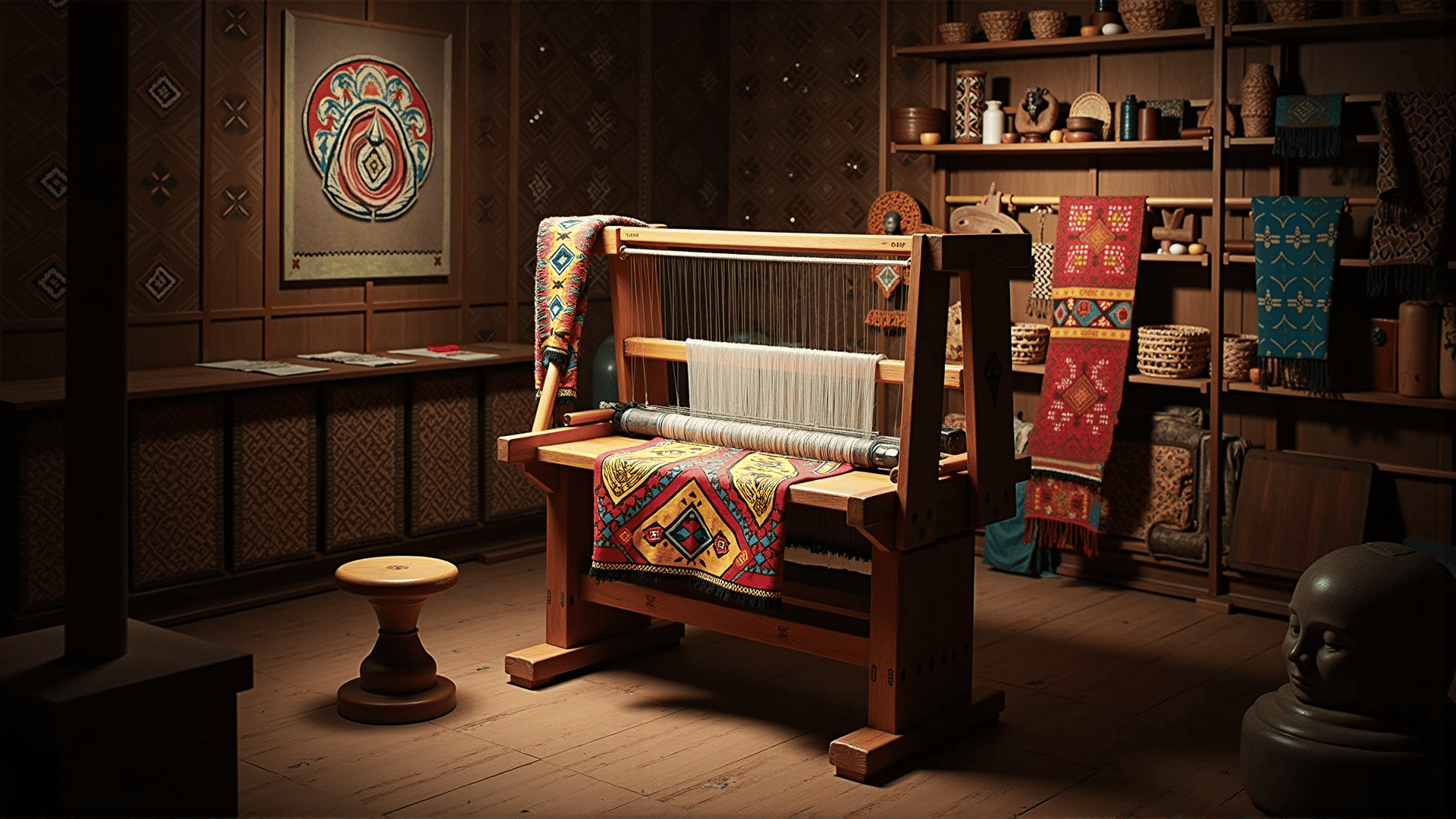Africa's textile arts carry an immense cultural significance, weaving stories of identity, heritage, and community into each thread. These textiles serve not only as a medium of expression but also as vital elements that narrate the history and social structure of numerous African societies.
The diversity of African textile arts is vast, reflecting the continent’s geographical and cultural richness. Regional techniques and motifs often have symbolic meanings, deeply rooted in the history and beliefs of the communities that create them. For instance, the Kente cloth of the Ashanti people in Ghana employs vibrant colors and intricate patterns, each of which holds specific meanings. Traditionally, these textiles signify social status, commemorate achievements, and honor deities.
Materials used in African textile arts are derived locally, often from plants, animal fibers, and minerals available in the environment. This use of natural resources creates a distinct connection between the art form and the land. The Bogolanfini, or mud cloth, of Mali, is a prominent example where artisans use fermented mud to design unique patterns, each telling its own story.
Textile creation is frequently a communal activity, fostering collaboration and skill-sharing. Techniques such as weaving, dyeing, and embroidery are passed down through generations, preserving both the skills and narratives associated with these art forms. In cultures where oral tradition plays a pivotal role, textiles offer a tangible representation of stories and customs that might otherwise be lost.
In many African societies, textile arts are integrally connected to life events and ceremonial occasions. They are used in rites of passage, marriage ceremonies, and ancestral worship, serving as symbols of continuity and belonging. Through these textiles, individuals express identity and connect with their lineage, celebrating familial and community ties.
In contemporary settings, the role of African textile arts continues to evolve while maintaining its fundamental connection to tradition. Artisans today blend ancient techniques with modern aesthetics, creating works that resonate globally while honoring their cultural roots. This fusion not only sustains the art form but also brings African heritage to a broader audience, fostering appreciation and understanding across cultures.
The preservation and promotion of African textile arts are essential for maintaining cultural identity and passing on heritage. Institutions and communities actively engage in safeguarding these traditions, ensuring that future generations can continue to explore their stories and meanings. Through exhibitions, workshops, and cultural festivals, African textiles continue to inspire and educate, bridging the past with the present.
In conclusion, the textile arts of Africa offer a vivid tableau of cultural intellect, conveying stories and traditions forged over centuries. Each piece serves as a testament to the creativity, resilience, and spirit of the people who craft them, ensuring that these cultural narratives remain vibrant and influential.
